
50cc Roadracing 1976
BultacoProvided with a larger budget, Jan Thiel and Martin Mijwaart showed what they could do: their Bultaco 50 cc racer resulted in a very convincing world championship! As already said the machines were the old Piovaticcis, but were further developed. The basic construction was still the same: stainless steel monocoque frame (now with two rear shock absorbers) – and also the radiator in the nose of the fairing was maintained. The fairing was developed in the windtunnel of the Spanish air force. This was the first time that a monocoque framed bike won a world championship. The cylinder was horizontal, and, just as with the Jamathi, the engine was not cast but machined from solid material. The piston was manufactured by Mahle and the crankshaft and conrod came from Hoeckle, both German companies. Bore and stroke were 40 x 39.5 mm for a capacity of 49.64 cc. Claimed power was 18 bhp at 15,500 rpm at the rear wheel, with usable power starting at 13,000 rpm. Carburettor was a 28 mm Mikuni, ignition by Motoplat CDI system with 12 V battery. The frontforks were Marzocchi, the rear shock absorbers Betor, 220 mm Zanzani alloy front disc with 4-piston Brembo caliper, and 195 mm alloy Zanzani rear disc with 2-piston Brembo caliper. Tyres 2.00-18 front, 2.25-18 rear, both Michelins PZ2. Dry weight was 55.5 kg. |
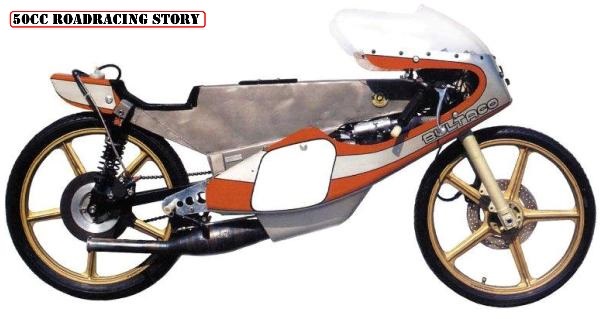 |
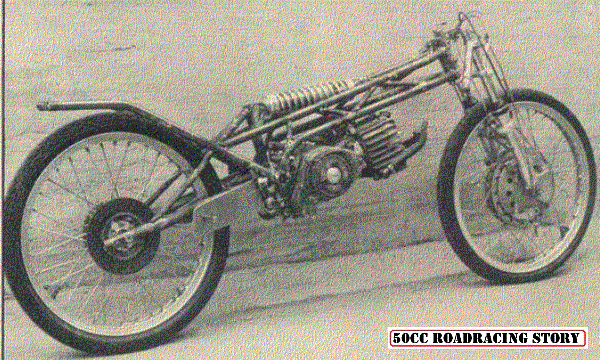 |
Hummel-KreidlerAlthough this was not a works machine, it is interesting. As soon as Yamaha introduced their monoshock rear wheel suspension (Claiming it to be something new, although the oldest application I could find dated back to 1903 on the Rösler & Jauernig, and also the Matchless Silver Hawk of 1931 and the Vincents and NSUs of the fifties are well-known examples), several people immediately applied this system to their bikes. One of them was the racer Hans Hummel. The claim was, that with this system, there would be no differences in working of the two conventional shock absorbers, and so would no longer cause flexing of the swing-arm. Well, if we look at the flimsy construction of Hummel's swing-arm, I don't think there would be any advantage, and, what's more, the system was no doubt heavier than the conventional one. Ah well… |
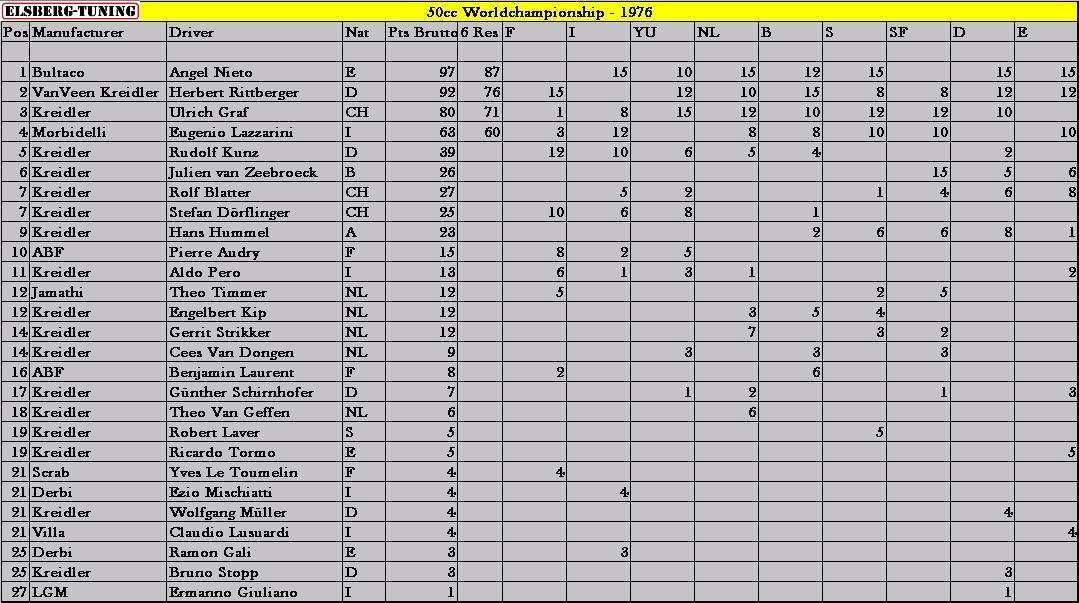 |
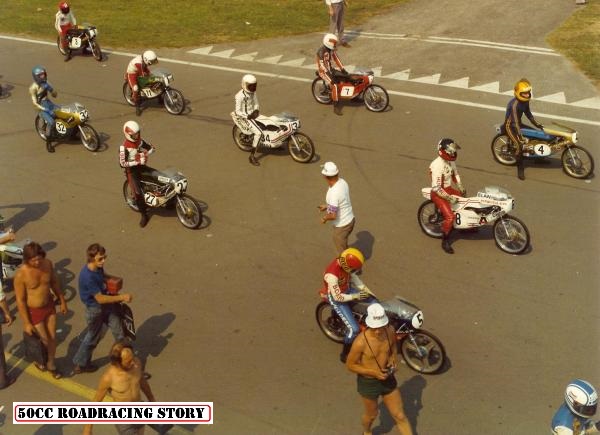 |
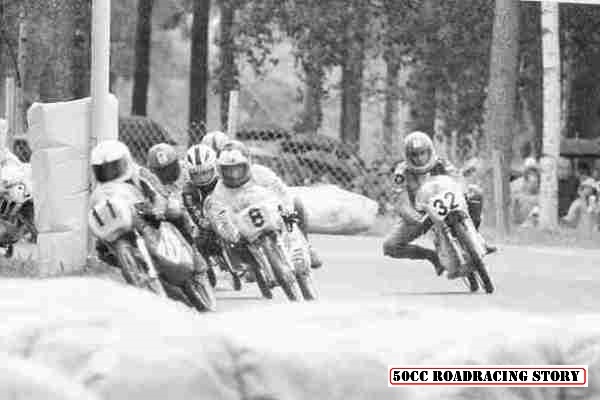 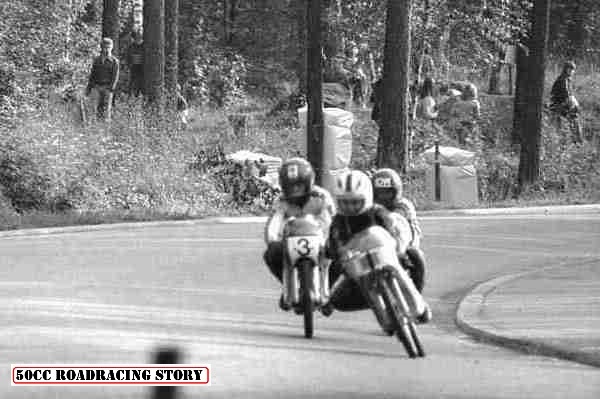 |